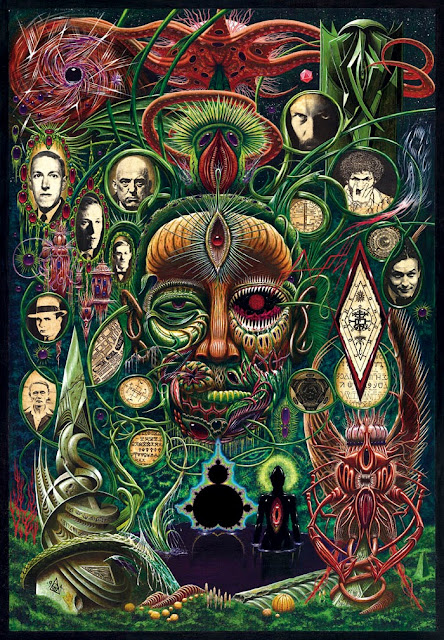
Easily the current century’s first landmark work of fantasy and ranking amongst the best pieces ever written in that genre, with The Vorrh we are presented with a sprawling immaterial organism which leaves the reader filthy with its seeds and spores, encouraging new growth and threatening a great reforesting of the imagination.
Comedies of manners set in mews and crescents that have lost their meaning, auto-heroising romps through sloppy pseudo-medieval fens, our writings are increasingly outgunned by our experience and are too narrow to describe, contain, or even name our current circumstance. In the original-growth arbours of The Vorrh, new routes are posited and new agendas are implicit in the sinister viridian dapple. As the greyed-out urban street-grid of our ideologies and ways of thinking falls inevitably into disrepair and disappearance, Catling’s stupefying work provides both viable alternatives and meaningful escape into its tropic possibilities.
It offers us a welcome to the wilderness.
The complete introduction:
here.




